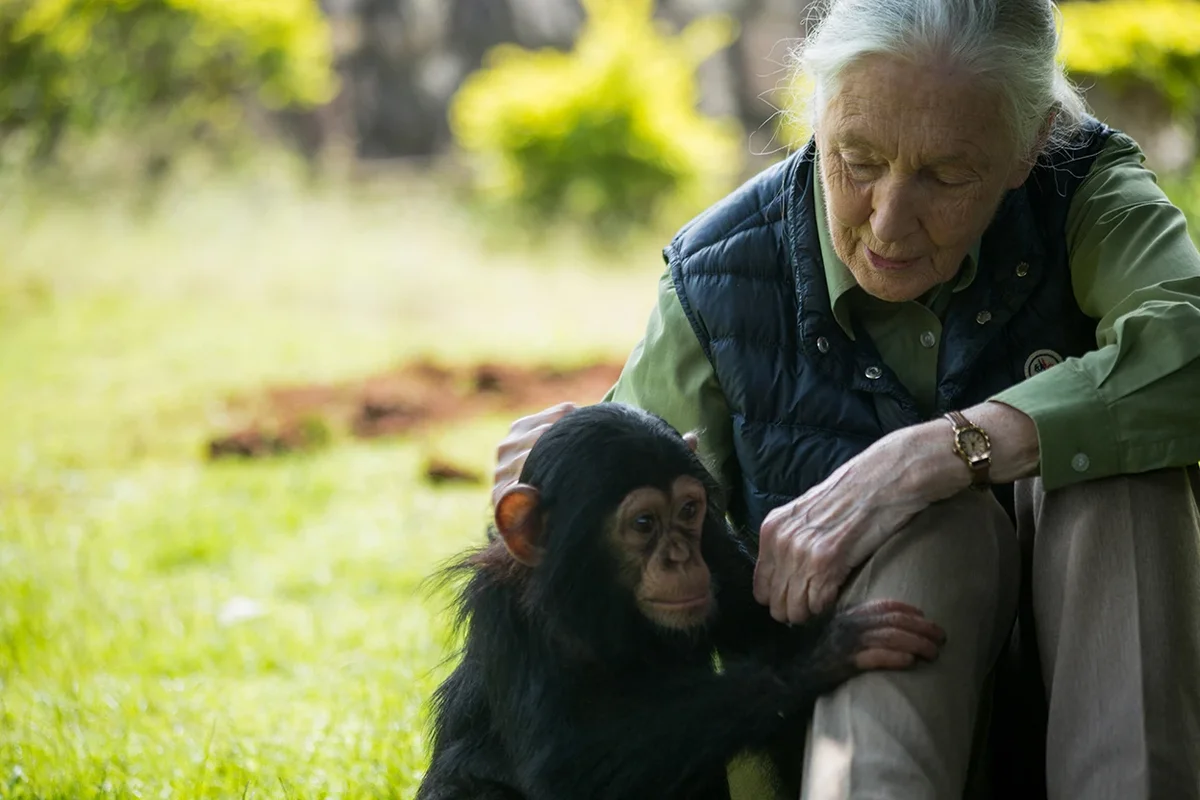3 Ways Jane Goodall Challenged What It Means to Be a Scientist
Here are three big ways that Jane Goodall transformed science
Goodall is best known for her work with chimpanzees in Gombe National Park in Tanzania. She was the first to discover that chimpanzees made and used tools. She went on to become an advocate for conservation, human rights and animal welfare, including stopping the use of animals in medical research. She established the Jane Goodall Institute, a non-profit wildlife and conservation organization in Washington DC, in 1977.
Here are the ways in which Goodall’s legacy will endure.
If you’re enjoying this article, consider supporting our award-winning journalism by subscribing. By purchasing a subscription you are helping to ensure the future of impactful stories about the discoveries and ideas shaping our world today.
While studying for her PhD at the University of Cambridge, UK, in the early 1960s, Goodall broke with the scientific convention of using numbers to identify animals, assigning them names instead. She named a male chimp with silver facial hair David Greybeard. This change upset senior scientists at the time, but it is now common practice to use animal names.
Goodall was among the first to show that animals had emotions, empathy and culture, traits that had been reserved for humans, Mayor says. Her research changed how animal studies were conducted, she adds.
Her discoveries in Gombe National Park “redefined humanity”, says Nick Boyle, executive director of Taronga Zoo in Sydney, Australia. Goodall challenged the idea that chimpanzees were herbivores, and showed that they ate meat, hunted and engaged in warfare, he adds. In 1973, Goodall observed a social divide between two chimpanzee communities that led to a four-year conflict and the deaths of all of the male apes in one of the communities.
“She showed that a young woman with no formal scientific training could rewrite science and the understanding of animals on such a fundamental level,” adds Mayor.
In 2017, Behie introduced eight of her female students to Goodall during her visit to Australia. “It was a full circle for me to be able to show my own students what had inspired me to go down this path.”
The secret to Goodall’s impact and popularity is that she made her research relatable, says Behie. Goodall connected the science to things that people worry and care about, such as the relationship between a mother and child, and showed how similar chimpanzees are to people. She made them care about places and animals that were far away, adds Mayor.
She was a talented storyteller, which helped her to connect with the public and engage them on important issues, says Euan Ritchie, a conservation scientist at Deakin University in Melbourne, Australia. She showed it is possible for researchers to be advocates and science communicators and be taken seriously, he says.
She always made time for young people, says Boyle. “She was a messenger of hope” and she saw that young people were so crucial in that, he adds. Her youth programme, Roots and Shoots, established in 1991, was a way to educate young people and involve them in conservation efforts. “That was her baby,” says Maria Sykes, chief executive of the Jane Goodall Institute Australia.
But there were sides to Goodall that the public was unlikely to see, says Mayor. “What most people don’t know,” Mayor says, is that “Jane was incredibly fun and flirtatious, even at 90”.
This article is reproduced with permission and was first published on October 2, 2025.
Rachel Fieldhouse is a reporter for Nature News.
Mohana Basu is a reporter at Nature News.
First published in 1869, Nature is the world’s leading multidisciplinary science journal. Nature publishes the finest peer-reviewed research that drives ground-breaking discovery, and is read by thought-leaders and decision-makers around the world.
If you enjoyed this article, I’d like to ask for your support. Scientific American has served as an advocate for science and industry for 180 years, and right now may be the most critical moment in that two-century history.
I’ve been a Scientific American subscriber since I was 12 years old, and it helped shape the way I look at the world. SciAm always educates and delights me, and inspires a sense of awe for our vast, beautiful universe. I hope it does that for you, too.
If you , you help ensure that our coverage is centered on meaningful research and discovery; that we have the resources to report on the decisions that threaten labs across the U.S.; and that we support both budding and working scientists at a time when the value of science itself too often goes unrecognized.
In return, you get essential news, captivating podcasts, brilliant infographics, , must-watch videos, challenging games, and the science world’s best writing and reporting. You can even gift someone a subscription.
There has never been a more important time for us to stand up and show why science matters. I hope you’ll support us in that mission.
Thank you,
David M. Ewalt, Editor in Chief, Scientific American
Source: www.scientificamerican.com
